I could only find one question semi-relatable to mine on SE, but I have a more demanding application in mind. I have designed a 32 stage 40 VAC -> 1000 VDC Cockroft-Walton voltage multiplier which I plan to drive with the 2.6 VAC clock from my MCU. To get my SMD capacitor sizes submillimeter, I have to run the clock at over 3 MHz...
My plan was to use a LT8410 to boost my battery's 3 VDC to 40 VDC and switch that w/ the clock through an optocoupled solid state relay:
I went with this topology bc I read somewhere that SSRs "have fast switching speeds which can range from 1 to 100 nanoseconds" but the smallest \$t_{\text{ON}}\$ (Turn-ON time) I've found was 500 ns & I need less than 50 ns to obtain an acceptable square wave at 3 MHz.
So is it even possible for an SSR to switch this fast or should I have went with a different topology to deliver the 1000 V?
